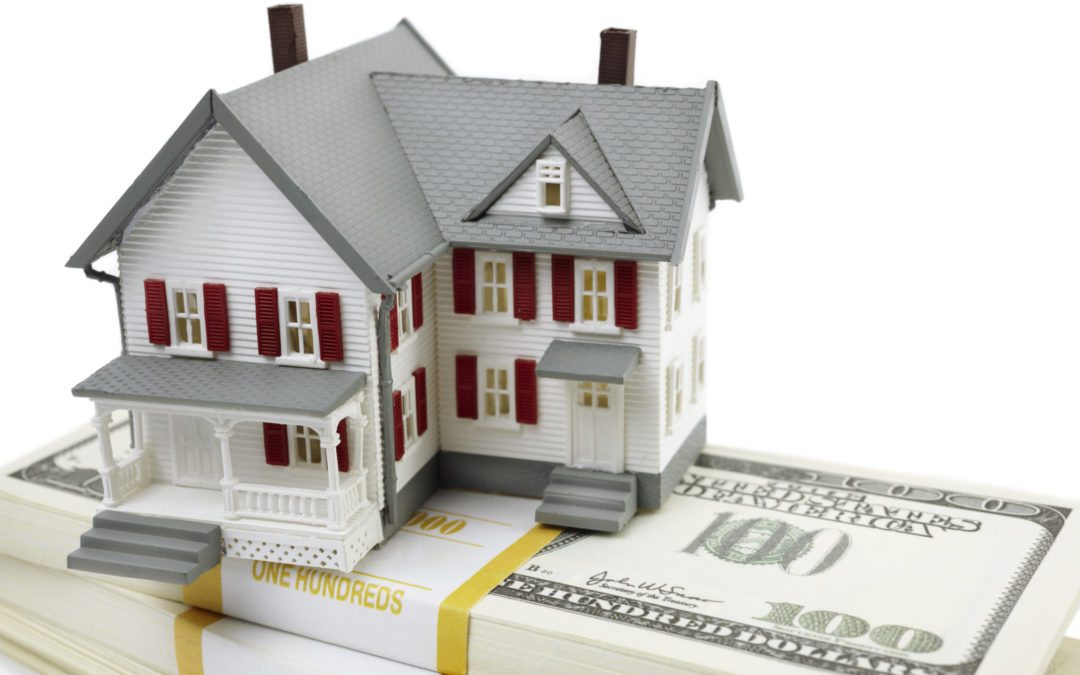Determining property values can be difficult if you aren’t seasoned in the industry or the local market. Add in the fact that properties in the Washington, D.C. metro area come with their own set of unique challenges, and where do you start? When considering property value, several different factors come into play.
Location
The location of your property is one of the most important factors to consider. Each county in and around the district has its own set of unique challenges including price points. Often times, what you’ll find as an investor is that there are certain exit prices that are established by the market. For example, in Maryland’s Prince George’s county, if you’re renovating a property for an average of $50,000 to $75,000, you should expect to exit relative to not only how much you’ll spending on renovation but also on the home’s bed bath count and the functionality of the floor plan. If you were to renovate a 2 bed, 1 bath home in PG county, you could expect an exit price around $200,000 based on today’s market and needs. But if you purchase a property with more square footage so you can add additional bedrooms and/or bathrooms, increasing the count to 4 bed, 2 bath, you can expect the exit price to increase to around $235,000. The local market has established these benchmark exit prices for renovated properties, and as an investor, it’s your job to figure out what this standard is in your area. You should be able to go from neighborhood to neighborhood and know what the sales prices would be for properties. Once you accomplish this you will set yourself up for success as a real estate investor.
The current market conditions have a large impact on a property’s value. In the housing market, prices tend to fluctuate with supply and demand. Washington, D.C., for example, has quickly become one of the hottest locations to find properties for redevelopment purposes. But when you have a large number of investors looking for properties, you’ll have less supply in those areas. Many of these properties won’t even make it to the market because Realtors know they can sell them off market quickly to active developers. Keep in mind that the demand in a place like D.C. is much higher than the demand in some of the metro suburban areas, which means that you will likely be able to sell the renovated property quickly and for a good price. But this also means that you will have to pay a premium for the as-is property. Expect to pay more for properties in those areas because the demand is so high. In places like Charles county, MD, where there isn’t as much renovating going on, you will see much more supply and much less demand. Therefore, as an investor, you should be sure to know your counties and understand supply and demand trends. This will allow you to do the rick vs. reward analysis and figure out where you want to renovate properties. Do you want to deal with the level of competition in D.C. or go to surrounding counties where there is more supply less demand.
Age
A property’s age is important to note because the newer the home is, the more desirable it will be. An older foundation and structure are more susceptible to damage or weakening; an older floor plan is not as popular as today’s open floor plans; and older appliances will have to be replaced. Each of these factors will have an impact on the property’s value. Washington, D.C., and the east coast in general, is unique compared to the rest of the country because the housing stock is older. You will find more dilapidated properties for sale, which means there is generally more supply, which brings more opportunity for value-added products. In this area, there are fewer cosmetic renovations because a majority of floor plans are now functionally obsolete. Taking the time and money to improve these old floor plans adds a great amount of value to the invesment.
Condition
The condition that the home is in is crucial to determining the value. And the better the condition, the higher the value. Your goal as investor is to try to find most dilapidated properties you can because you will be able to purchase the as-is property at a cheaper price, thus giving you the most room for adding value and increasing your margin when you sell the renovated property. If you plan on purchasing a property in poor condition, it’s a good idea to brush up on your negotiating skills before you meet with the seller. Understand the value of a new roof, HVAC system, etc. so you will be able to speak to that during the negotiation process. Not only will you sound more knowledgeable, but this will also give you a negotiating edge over other buyers.
Improvements
Any improvements that you have made to the home will have a positive impact on the value. When it comes to flipping or rehabbing a property, the fastest way to add value is by updating and/or renovating the bathrooms and kitchen. An updated kitchen can be worth anywhere from $10,000 to $15,000, and a new bathroom can bring in anywhere from $5,000 to $7,000. The kitchen is often the most important room in the house, so taking the time to add new counter tops, cabinets, appliances and flooring can provide exponential benefits to your investment.
Neighborhood
Home buyers generally place a lot of emphasis on the home’s neighborhood. Is it located in a good school district? Does the home sit on a busy road or in a quiet development? What is the crime rate? Are there local parks? Depending on the buyer, each of these questions can make or break their decision. That is one reason why it is imperative to look at comparable properties in the neighborhood.

